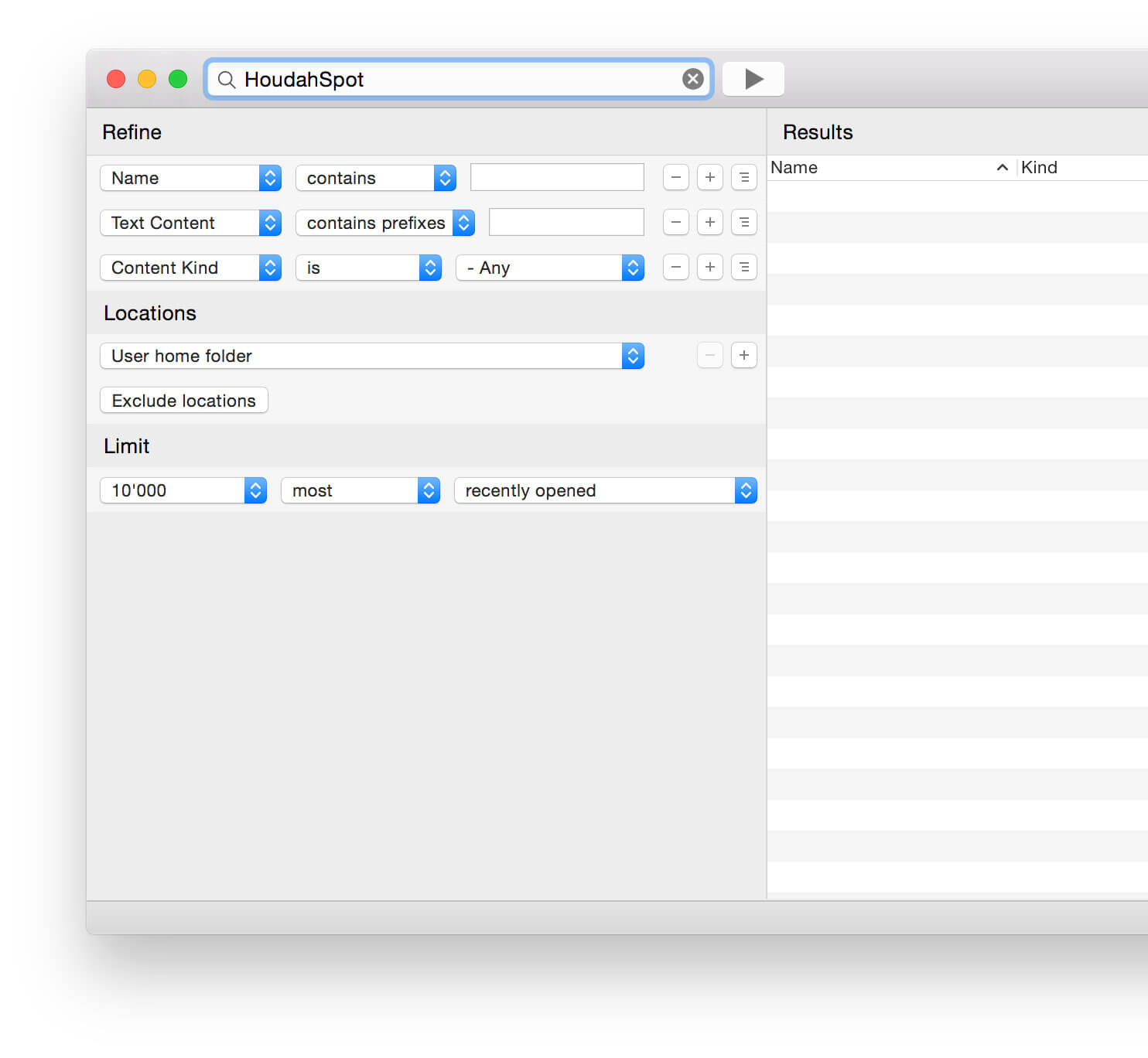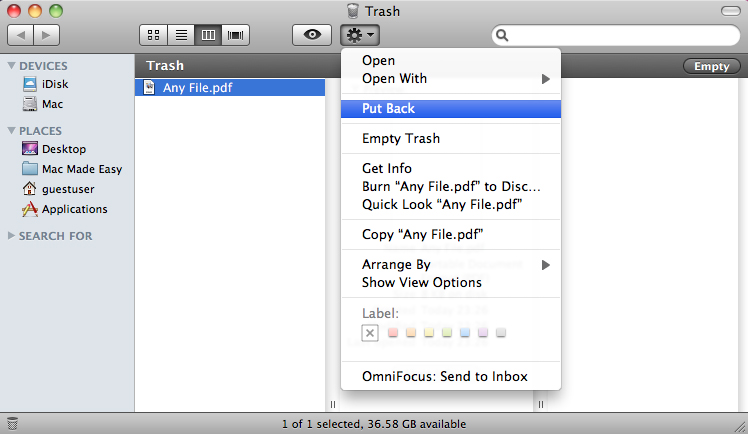Hi,
Open a Find Window (cmd-f) or do a spotlight search and select 'show all' Hit the little '+' icon (to the right of the 'save' button) Select File Type as a search criteria and select the correct one. Adding Filters to Searches: We already showed you in the previous post how you can set the Finder.
If you want to use a wildcard behavior in Finder :
- There several ways to find files in OS X, the most popular of which are GUI-based routines such as the Spotlight menu and the Finder search, both of which offer quick access to the system's.
- EasyFind will search through every file on your system, including system files. Path Finder is a Finder-replacement utility that includes powerful search and filtering tools. Alfred can search by file name instantly, with more power to expand than Spotlight.
For this example lets say you are searching for all files *_modif*.PNG
- In the finder search box enter .PNG, press ENTER
- Now appears just below the search box a Save button and [+] button
- Click the [+] button, then towards your left click on the combo box that says [Kind]
- In the [Kind] list select 'Other' at the bottom
- Scroll down to 'File extension'
- Now type in 'PNG' in the box after the text [File extension] is, then press ENTER
- Click the [+] button again
- In the [Kind] list select 'Name' (which is the same as Filename if you went into 'Other...'
- After the [Name] combo, open the next combo box and select 'contains', then enter _modif and press ENTER
You can now save this search, and apply it to the folder you started from or the entire Mac
Note most wildcard behaviors can be obtained by selecting the other options from the same place you selected 'contains', ie 'begins with'...
There
Just a few days ago, we reviewed some very useful basic tips for improving file searching on your Mac using the Finder. This time, we’ll take a look at more advanced file searching tips that will allow you to harness the real power of your Mac’s searching capabilities through filters and the many ways in which they can be used.
Let’s get started.
1. Adding Filters to Searches
We already showed you in the previous post how you can set the Finder to search only within the currently open window. This time, let’s take a look at how to use the powerful filters that the Finder supports.
Using Keywords for Searches
A lot of Mac users don’t know that Finder windows support keywords to define the target of searches. For example, in the search box of any open Finder window, you can use keywords such as kind:, to:, date:, from: and more. Used before your search term, these keywords filter your content with great accuracy.
Using Advanced Filters in Finder Windows
If the filter keywords mentioned above are not enough for you, there are more advanced filter that you can access by clicking on the Options icon and selecting the Show Search Criteria option.
This will open a far more detailed filter menu where you can pinpoint exactly which kind of file or document you are targeting your search for. This is thanks to the different filter levels that the option provides, allowing you to add as many as you need.
2. Saving and Creating Shortcuts of Your Searches
If you happen to search for any particular kind of file or document often, you can use the advanced search filters mentioned above to have your favorite searches at hand and thus avoid having to sort all those files manually in specific folders.
To do this, first you have to perform an advanced Finder search as shown above. Contrary to Spotlight searches, I find the ones performed using the Finder’s advanced filters far more accurate, but even more importantly, they allow you to save them.

Once you create a search you are happy with, look for the Save button and click on it. This will save your advanced search as a Smart folder.
On the dialog box that pops up, name your new search, select the location where you want it saved and also make sure to check the Add to Sidebar option.
From then onwards, your search will be accessible right from any Finder window with just one click. Even better, since these are smart folders, you can tailor your search to be dynamic, which will allow it to be always up to date with the files or documents you are interested in. For example, you could have it display only Word documents edited in the last week. Very powerful and convenient if you ask me.
Additionally, by right-clicking on that search on the sidebar of any Finder window, you can also place it on the Dock of your Mac, edit it and even rename it, making it all that more flexible.
Mac Finder Search
There you go, now you have all you need to always find any file or document on your Mac, and it’s all just a few clicks away.
The above article may contain affiliate links which help support Guiding Tech. However, it does not affect our editorial integrity. The content remains unbiased and authentic.Also See#productivity #search
Mac Search Files For Text
Did You Know

Notion was founded by Ivan Zhao.
Search Mac For Files

More in Mac
Mac File Search Utility
How to Cancel iCloud Storage Plan Without iPhone
